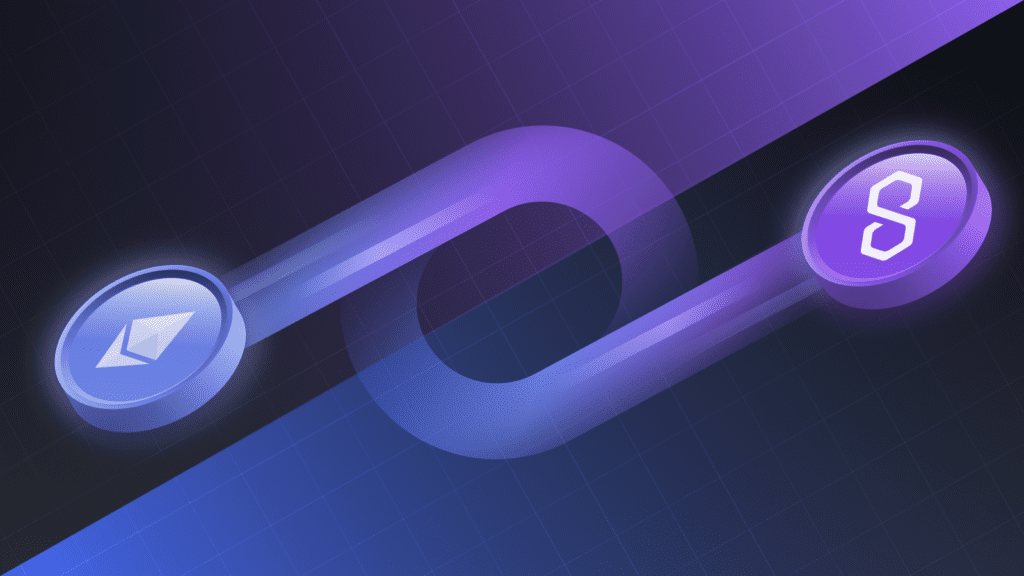Scalability options for decentralized apps (dApps) running on the Ethereum blockchain network are provided by the Polygon zkEVM network.
The bridge includes a number of UX changes based on community input, such as a more visible progress bar, transaction history and recent transaction panel with color-coded completion status, time estimates for pending transactions, and the option to filter.
The Polygon Bridge for Polygon zkEVM provides the same user interface as the Polygon PoS mainnet. However, it has some UX improvements that integrate community input.

In the crypto sector, the term “Bridges” is very popular as it facilitates the movement of assets between multiple blockchain platforms. Bridges sent using zk technology, on the other hand, are much better than normal ones, as they are completely controlled by smart contracts, one on the Polygon zkEVM and the other on Ethereum.
With the release of the Polygon Bridge for Polygon zkEVM, users can withdraw funds from the Ethereum mainnet within 30-60 minutes of starting the withdrawal. The Polygon Bridge will handle some of the most popular assets among users, including as ERC-20 tokens and the enhanced functionality of ERC-777 tokens.
When a user initiates the bridging transaction, the bridging token is automatically assigned. This is a significant UX improvement over existing chains that require users to allocate tokens before bridging, which can take hours or even days.
Polygon was released as Mainnet Beta last month after months of testing. Anyone is allowed to use it to transact and build as it is permissionless, open source and public.
Top-notch dApps like Lens and Balancer, blue-chip gaming projects like Midnight Society and Oath of Peak, and trusted infrastructure providers like ANKR, Alchemy, Sequence, and The Graph are already working on the Mainnet Beta.
DISCLAIMER: The information on this website is intended as general market commentary and does not constitute investment advice. We recommend that you do your own research before investing.

